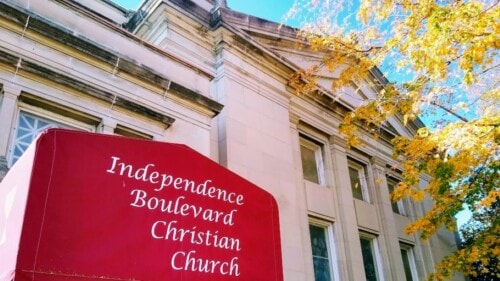Houses of Worship Define the Landscape of Kansas City A Story of Constant Change
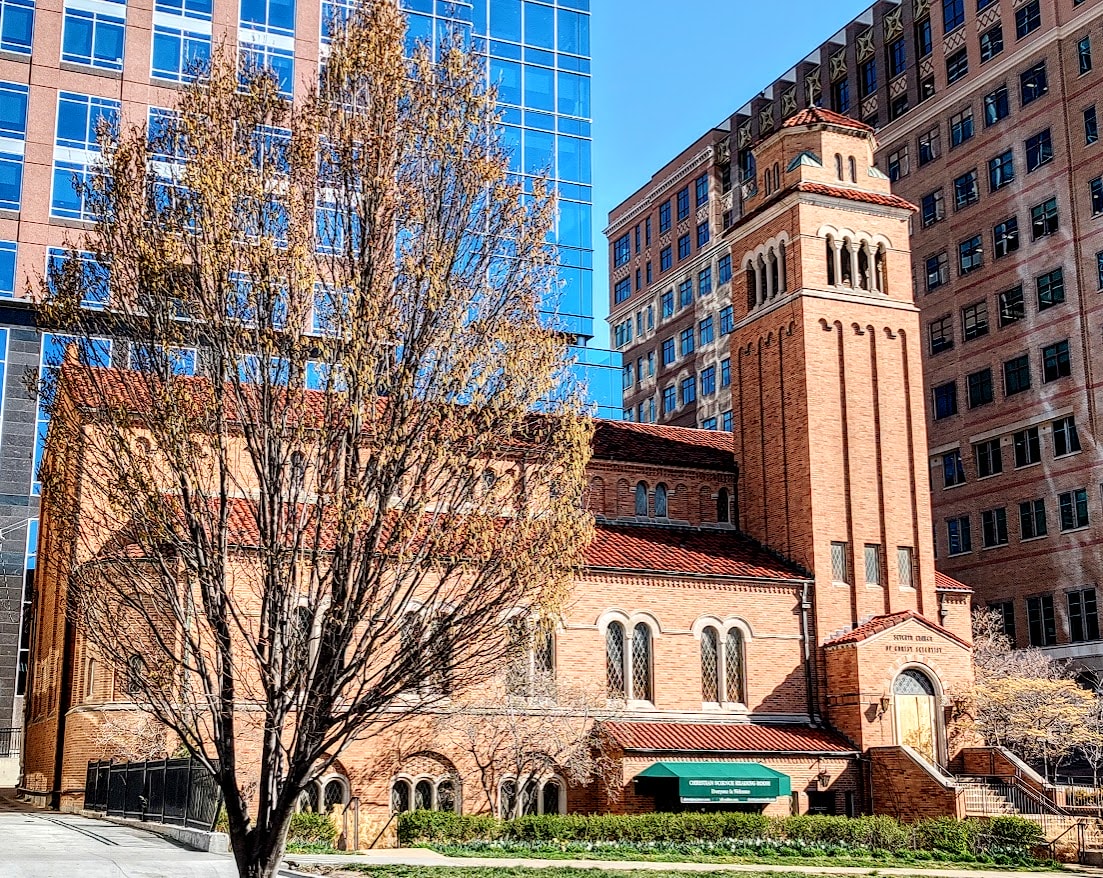 The Seventh Church of Christ Scientists on 47th Street at the edge of the Country Club Plaza closed recently. It will be demolished and replaced with a three-story restaurant building. The congregation has found a nearby home. (Bill Tammeus | Flatland)
The Seventh Church of Christ Scientists on 47th Street at the edge of the Country Club Plaza closed recently. It will be demolished and replaced with a three-story restaurant building. The congregation has found a nearby home. (Bill Tammeus | Flatland)
Published April 28th, 2024 at 6:00 AM
One recent cool but sunny day, I stood in the 1700 block of Belleview Avenue on Kansas City’s West Side to look at Fourth Presbyterian Church.
There was just one problem. I was at least a century too late.
That church isn’t there anymore. It merged in about 1906 with another church, and that merger eventually became Linwood Presbyterian Church at Linwood Boulevard and Michigan Avenue.
Today even Linwood Presbyterian doesn’t exist. In 1975 it merged with Linwood United Methodist Church to become Linwood United Church, and its former property now is home to the Linwood Area Ministry Place (LAMP).
As for old Fourth Presbyterian, its site on the east side of Belleview just north of 18th Street now is occupied by a house and its small side yard.
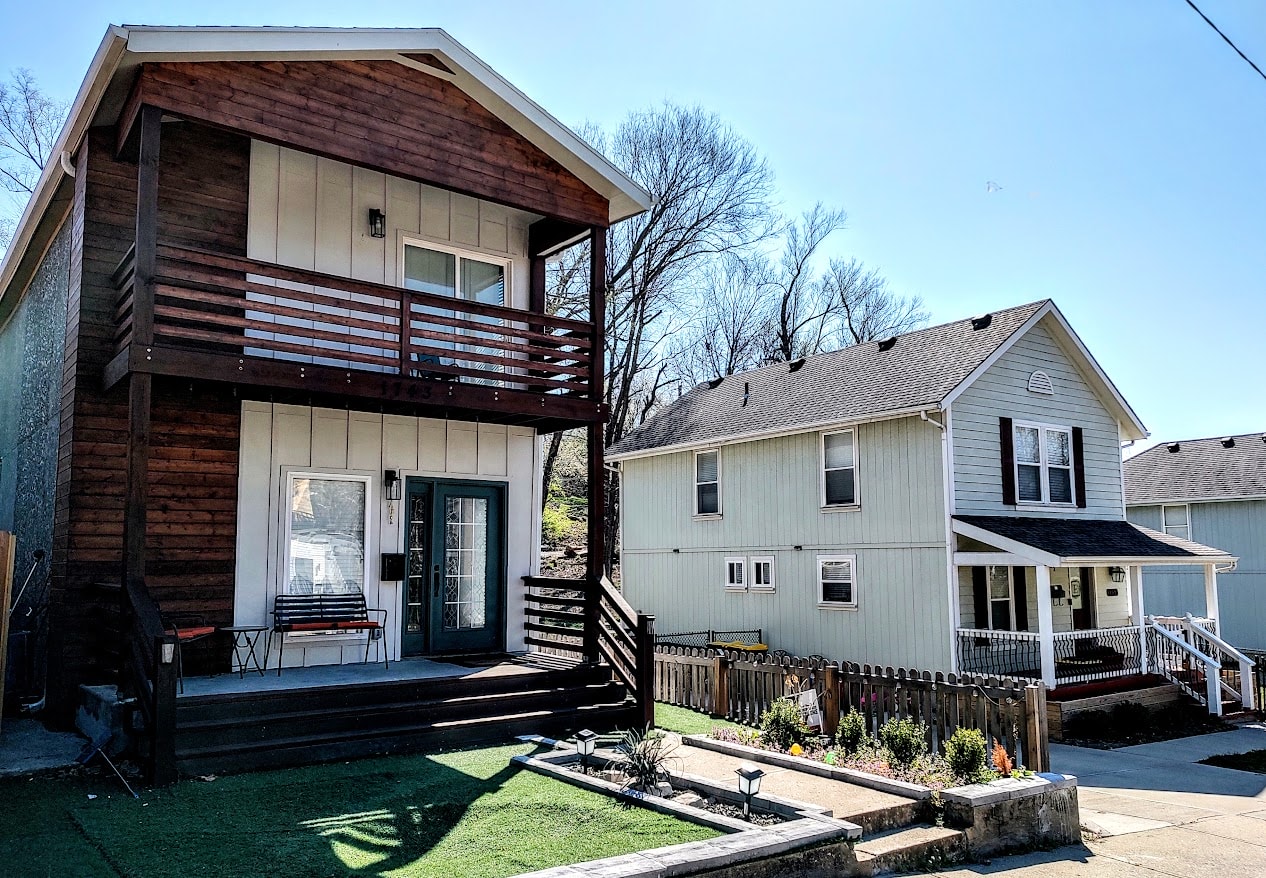
There’s more. Much more.
Just west of LAMP today you can find the building that once housed the Greek Orthodox Annunciation Church. That congregation has since moved to 120th Street and Wornall Road. The building it left on Linwood is now the headquarters of the Kansas City branch of Habitat for Humanity.
And just west of Habitat is a structure that was built as the home of Congregation B’nai Jehudah, which was founded in 1870 and, for a time, was at Sixth and Wyandotte streets.
But that synagogue isn’t on Linwood anymore, either. It first moved to 69th Street and Holmes Road but has been at 123rd Street and Nall Avenue in Overland Park for almost 25 years. The congregation’s previous building on Linwood is the site today of the Robert J. Mohart Multi-Purpose Center.
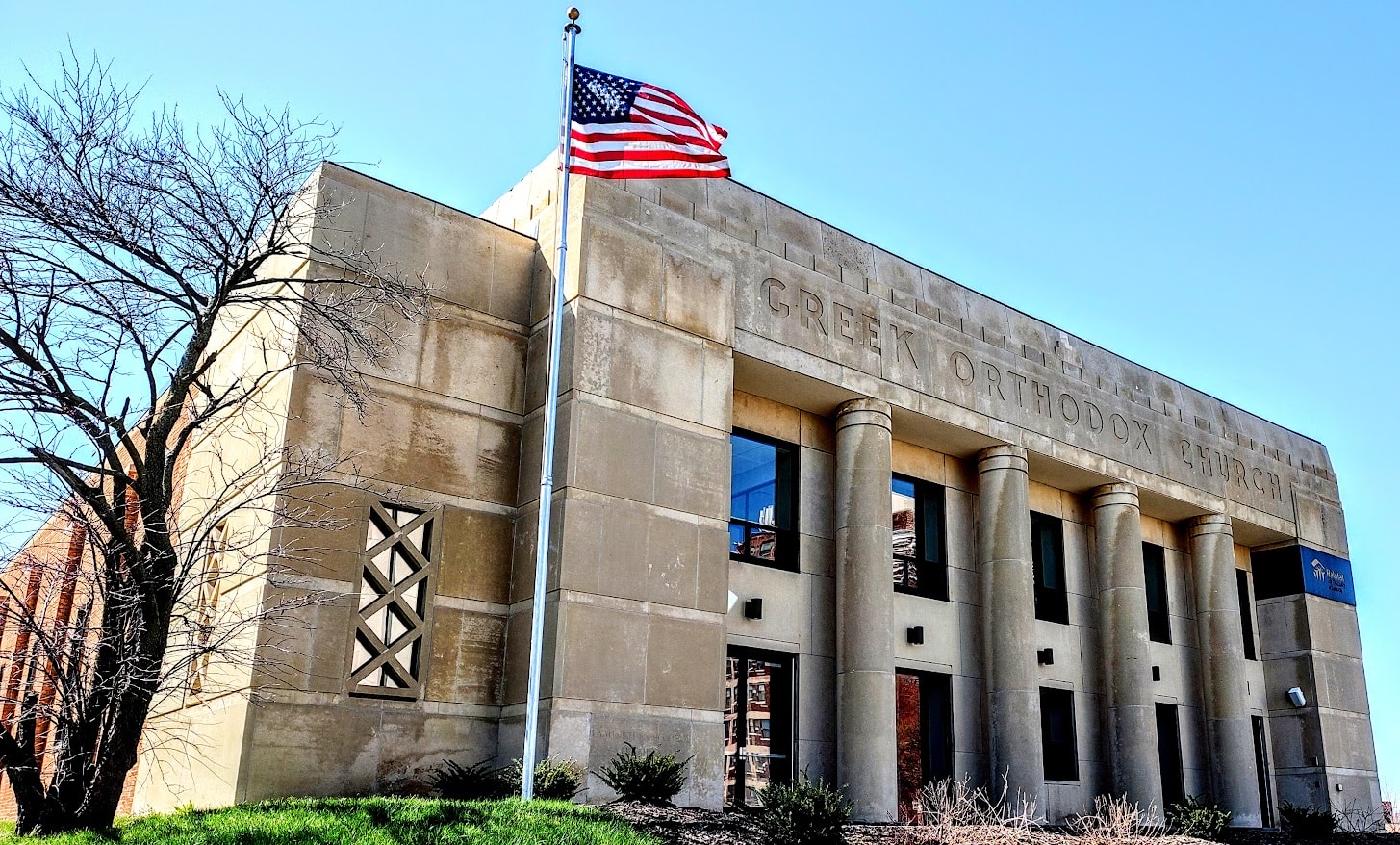
All of that (and a lot more) movement tells us what? A lot. It certainly shows the importance and variety of religion in the Kansas City area. But it also reveals not only its many forms but also its almost perpetual habit of change.
As America becomes less engaged in organized religion — about 30% of Americans now describe themselves as religiously unaffiliated, a significant increase in the last 25 years — the infrastructure serving religious purposes is changing, too.
Such change, however, is not a new phenomenon. It’s been happening since soon after the first white European invaders drove Indigenous people here off their sacred land. What’s left now is a fascinating collection of houses of worship and other faith-based structures that enrich our community architecturally, spiritually, educationally and historically — all on that stolen land.
But because economic, social, secular and other forces sometimes frustrate the hopes and plans of people of faith, some of those structures get abandoned and become eyesores. Or, like old Fourth Presbyterian, just vanish.
In fact, in recent years publishers have been producing books about what to do with abandoned church buildings, such as, “This Old Church: The Indispensable Guide for Restoring Church Buildings” and “Reclaimed Church: How Churches Grow, Decline and Experience Revitalization.” Those books can be helpful in such cases as the current effort to sell a church in St. Joseph, Missouri, that its dwindling congregation no longer can maintain.
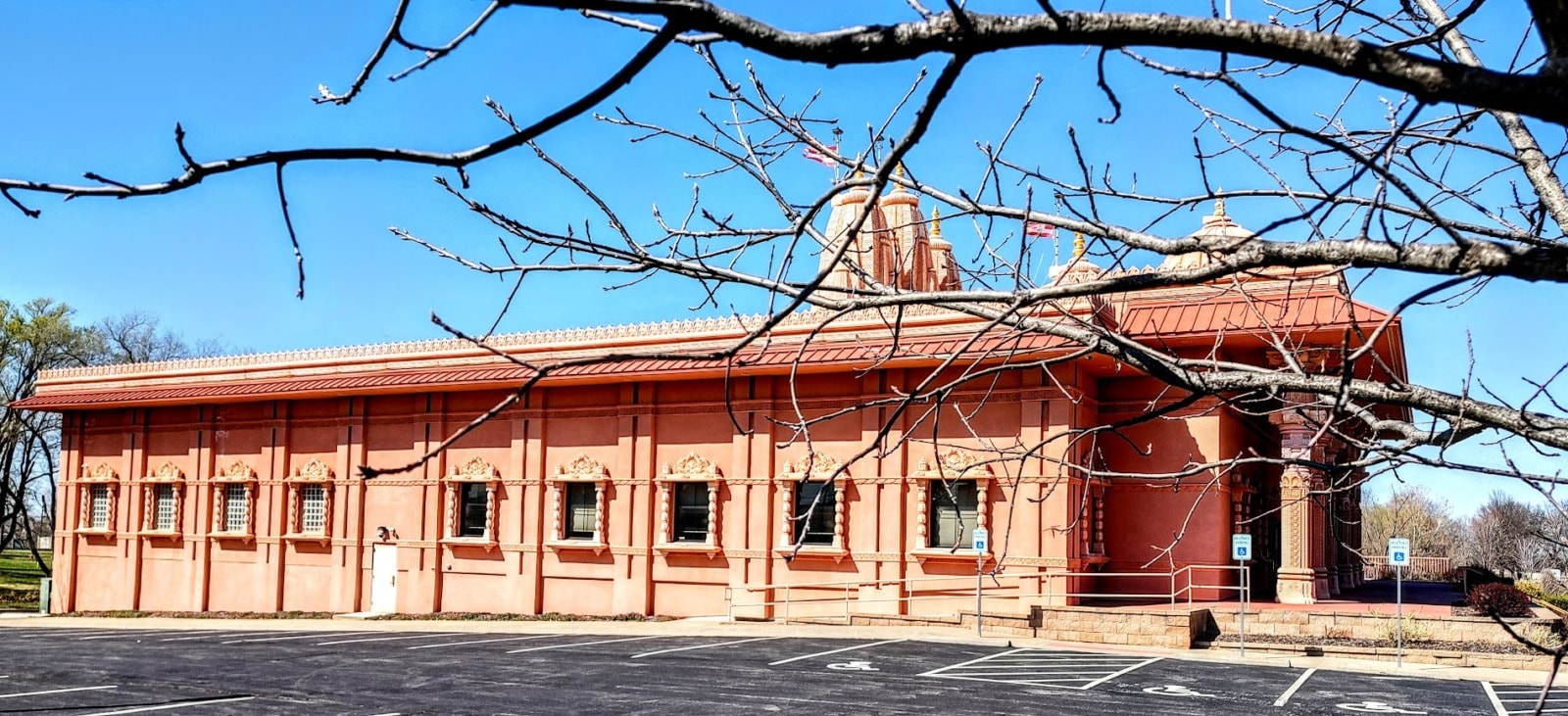
But even as participation in religion across the U.S. decreases, our region remains a vibrant, if changed, center for religious activity. That’s another reason to be grateful for the work of Friends of Sacred Structures (FOSS), which helps faith communities maintain their homes or finds reuses for buildings being vacated.
(FOSS also now is again offering tours of area religious structures to give people a sense of the remarkable breadth and depth of the religious activity here.)
Paul Helmer, FOSS president, bemoans the reality that beautiful religious buildings sometimes get turned into uninviting secular spaces and that badly done renovations of churches, temples and other sacred buildings add little or nothing to the collective beauty or diversity of our region. He has a name for such failed renovations — “ruinovations.”
But whatever their shape, buildings used for religious purposes are evidence of the importance of both the institutional and the spirituality movements — such as Unity — in our community’s history. Any map of their locations, however, is quickly outdated.
And a full picture of religion in our community would be incomplete without including theological seminaries as well as colleges sponsored by religions — from the United Methodist denomination’s St. Paul School of Theology to Central and Midwestern Baptist seminaries to Nazarene Theological Seminary and more. And from Avila University to Rockhurst University to Mid-America Nazarene University and Donnelly College.

Beyond that, parochial elementary and high schools dot our landscape, offering yet more testimony to how religion helps shape our region’s people. And so far, I’ve said nothing about all the religious art on display in many places here or about sacred music that can be heard somewhere in the region every day.
Religion, of course, can be a source both of great social and spiritual good as well as corrosive theologies that divide us and sometimes simply add to the evil in our midst — evil that religion spends a good deal of time trying to understand as its scholars ponder the ancient theodicy question: How can we explain the presence of evil and suffering if God is good, powerful and loving?
Because so far no one has found an answer to that question that satisfies everyone, all these religious structures here can be seen as evidence that people still are working on answers and, as they do, are still encouraging followers to add not to the world’s evil but to its goodness.
Surely that’s a purpose worth celebrating — once we notice all the sacred infrastructure spread across our community.
Bill Tammeus, an award-winning columnist formerly with The Kansas City Star, writes the “Faith Matters” blog for The Star’s website, book reviews for The National Catholic Reporter and for The Presbyterian Outlook. His latest book is “Love, Loss and Endurance: A 9/11 Story of Resilience and Hope in an Age of Anxiety.” Email him at wtammeus@gmail.com.



